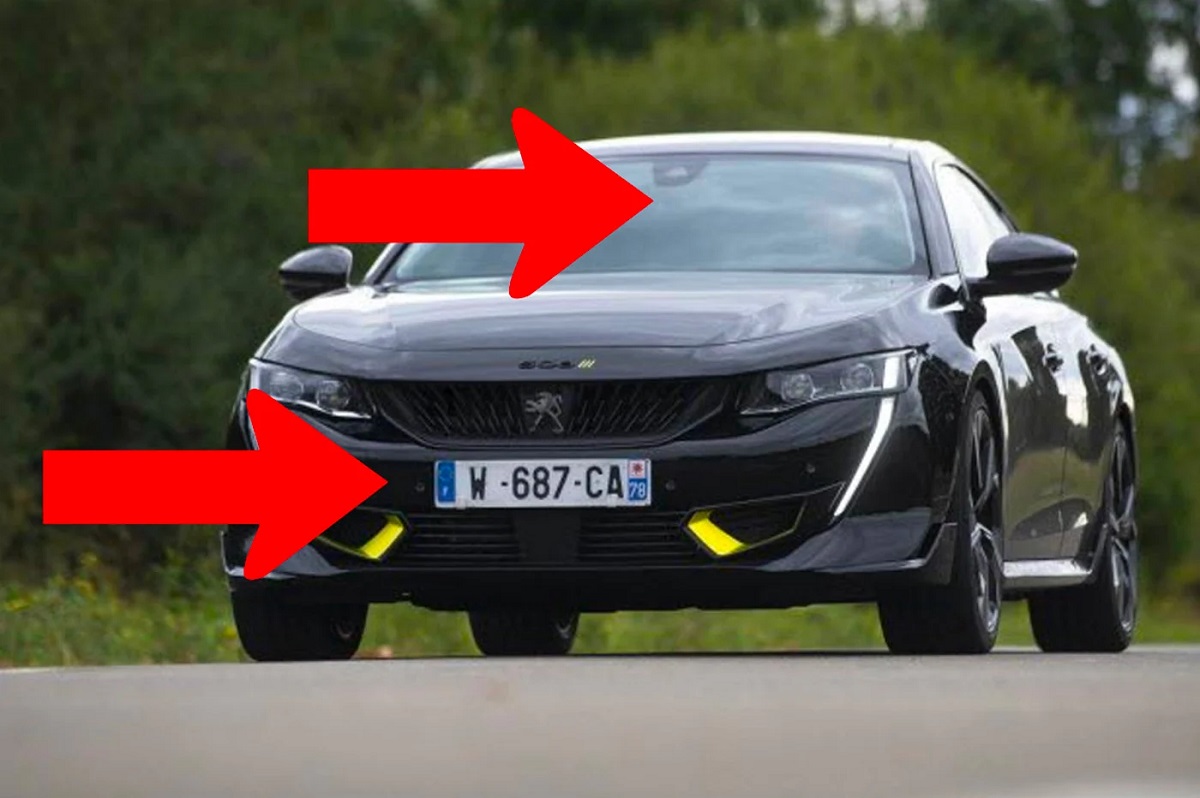Why these cars matter on today’s roads
Mobile speed camera cars are increasingly common, and they often look like any other vehicle. Many are operated by private contractors on behalf of public authorities, which has sparked debate about their methods and impact on safety. Being able to spot them quickly can help you stay compliant and avoid unexpected fines.
The three unmistakable signs to look for
The first giveaway is a compact, dash‑level speed‑measurement module, usually positioned low behind the windshield. It can look like a small black box or sensor housing, set close to the center or slightly offset. From outside, you may notice a tidy rectangle pressed against the glass, sometimes aligned with the wiper arc.
The second sign is paired camera clusters, typically two small lenses near the interior rear‑view mirror, and two facing out the rear window or parcel‑shelf area. At night, you might spot the faint sparkle of infrared LEDs, or a subtle glint when streetlights hit the optics. In daylight, these camera pods look like neat, factory‑style modules, but their repeated, mirrored layout front and rear is unusual in everyday cars.
The third clue is the support hardware that keeps the system running, normally tucked in the trunk with discreet cabling. You can’t see the processor, but you might notice unusual wire harnesses along the rear pillars, added grommets, or an extra cooling vent. Some cars keep rear windows permanently closed, use darker tint than the rest, or show a slight equipment bulge beneath the cargo floor.
How the system actually works
Modern units read the speed of surrounding traffic while the car cruises with the flow. Cameras capture plate details, and software synchronizes speed, time, and location. There’s no need to stop a driver—the notice arrives later by mail.
Most deployments started in 2013, and many contracts shifted to private operators tasked with predefined patrol routes. The idea is to cover more kilometers with fewer uniformed agents, but the approach has prompted oversight and ethics discussions.
A voice from the driver’s seat
“I believed I was improving road safety, but some radar cars became rolling hazards,” explained a former contractor driver in Alsace. “I even wished to be pulled over by the police sometimes, just to highlight the maintenance and behavior issues.”
Why identification isn’t straightforward
These cars trade on visual discretion, favoring neutral colors, clean specs, and stock‑looking trim and badges. The equipment hides in plain sight, borrowing shapes that blend with OEM designs. That’s why focusing on the three recurring signs—the dash module, the front‑rear camera pairs, and the trunk‑side support hardware—makes the difference between a hunch and a confident spot.
Practical ways to protect your license
- Watch for the dash‑level sensor box, especially a neat rectangle tight to the windshield.
- Scan for twin camera pods near the mirror and at the rear window with possible IR LEDs.
- Note subtle cables, unusual vents, or heavily tinted rear glass hiding trunk hardware.
- Keep a steady, legal speed and avoid last‑second braking or abrupt changes.
- Use reputable navigation apps that crowdsource enforcement zones.
- Maintain safe following distance and read the traffic’s overall pace.
Safety and oversight: the ongoing debate
Supporters argue the cars calm speeding on busy corridors, where fixed cameras are sparse or poorly placed. Critics cite questionable parking, inconsistent maintenance, and aggressive route targets that may encourage poor judgment. Effective oversight, clear performance metrics, and routine audits can align private operations with public safety goals.
Road‑safety organizations stress transparent standards, robust data protection, and evidence‑based deployment that targets proven risk. When aligned with fair enforcement and good signage, these systems can deter dangerous driving without alienating careful motorists.
Key takeaways for everyday drivers
If you remember the three signs, you’ll recognize most setups even at a quick glance. Look for the small dash sensor, the front and rear camera pairs, and the trunk‑side support clues like cabling or extra venting. Combine that awareness with lawful speeds, steady driving habits, and trustworthy alerts to keep your license—and everyone around you—safe.

